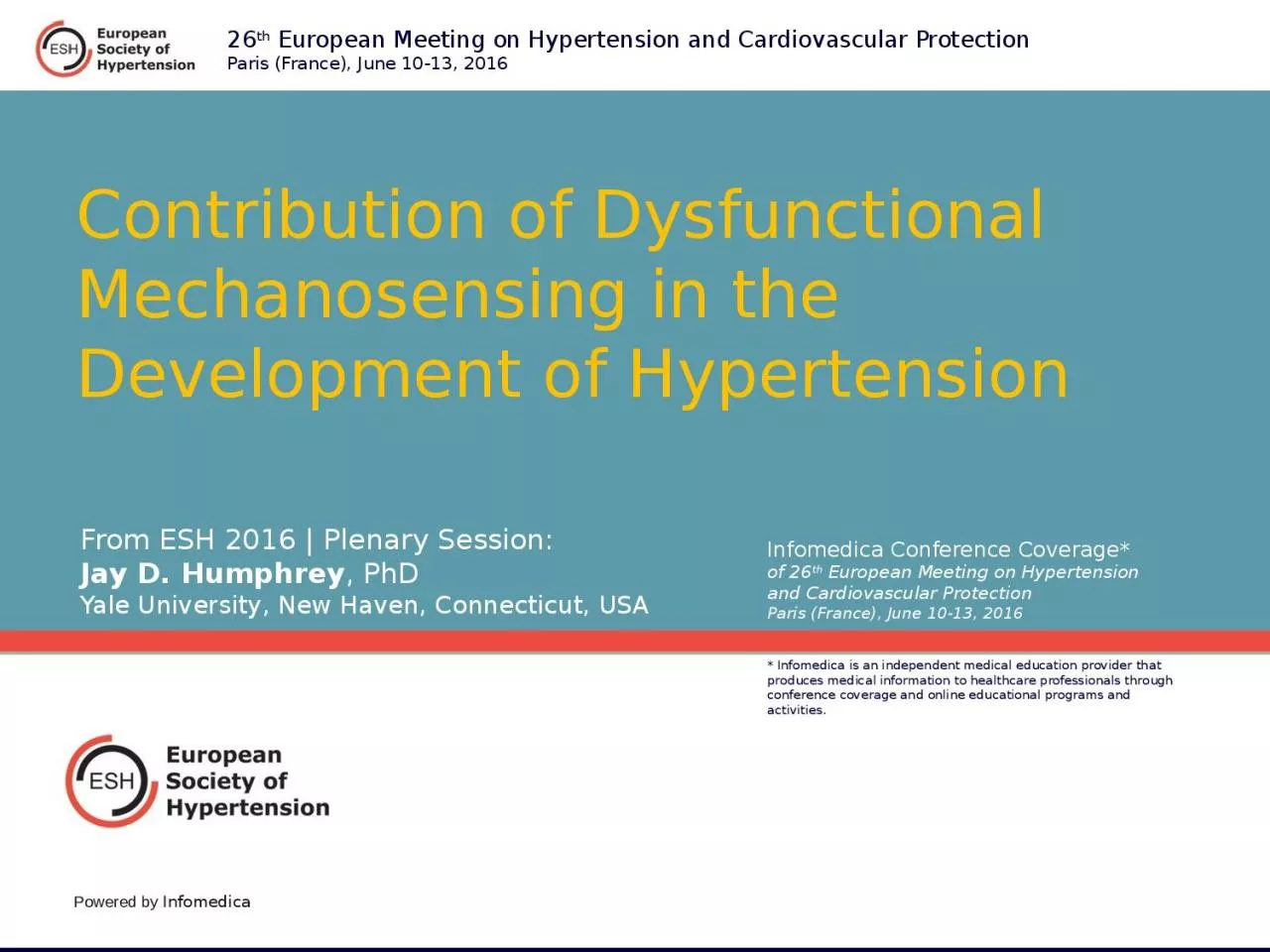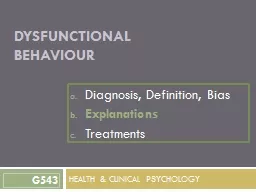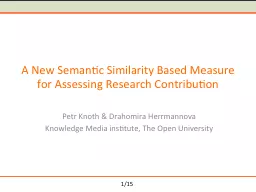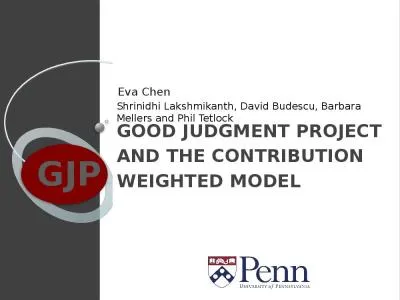PPT-Contribution of Dysfunctional
Author : ella | Published Date : 2023-11-19
Mechanosensing in the Development of Hypertension From ESH 2016 Plenary Session Jay D Humphrey PhD Yale University New Haven Connecticut USA Overview Arterial
Presentation Embed Code
Download Presentation
Download Presentation The PPT/PDF document "Contribution of Dysfunctional" is the property of its rightful owner. Permission is granted to download and print the materials on this website for personal, non-commercial use only, and to display it on your personal computer provided you do not modify the materials and that you retain all copyright notices contained in the materials. By downloading content from our website, you accept the terms of this agreement.
Contribution of Dysfunctional: Transcript
Download Rules Of Document
"Contribution of Dysfunctional"The content belongs to its owner. You may download and print it for personal use, without modification, and keep all copyright notices. By downloading, you agree to these terms.
Related Documents














